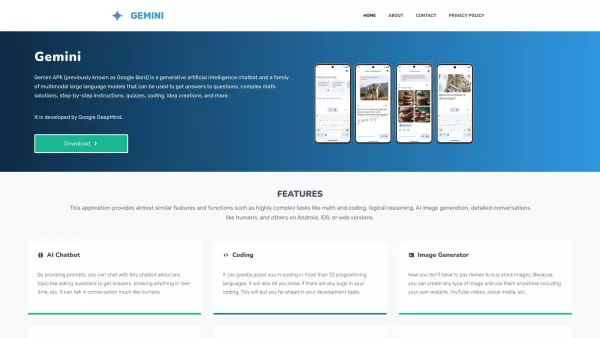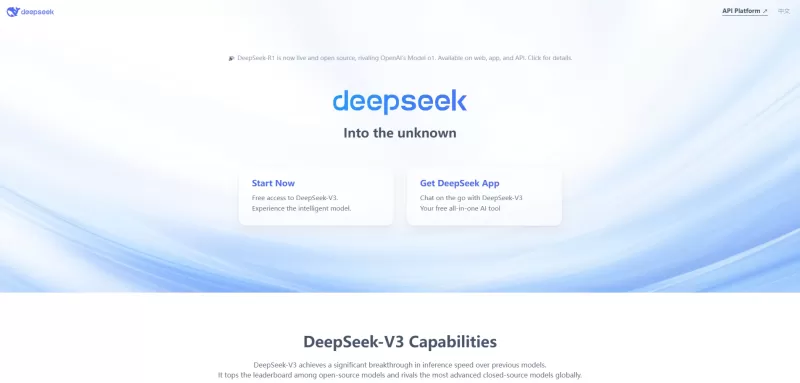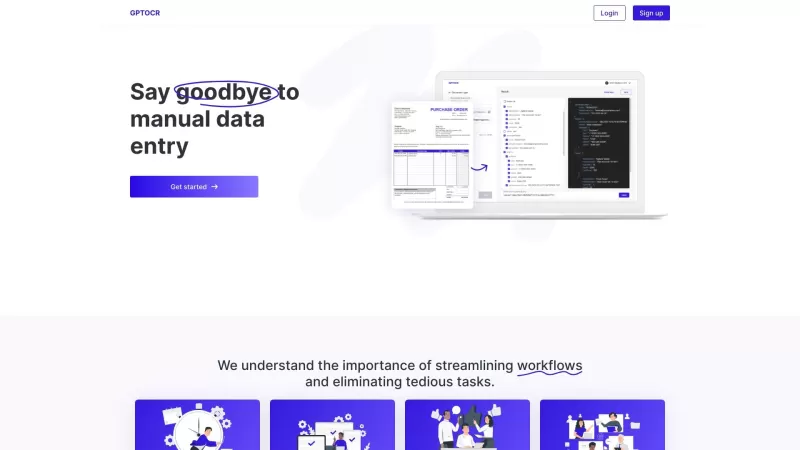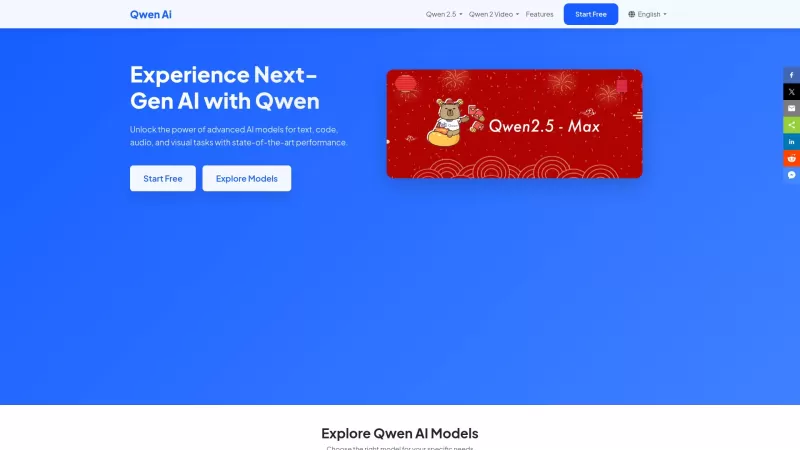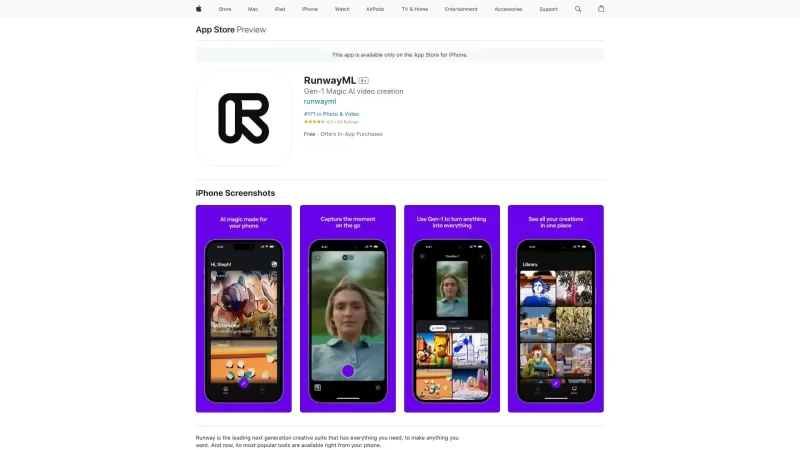Is AI Personalization Enhancing Reality or Distorting It? The Hidden Risks Explored
Human civilization has witnessed cognitive revolutions before - handwriting externalized memory, calculators automated computation, GPS systems replaced wayfinding. Now we stand at the precipice of the most profound cognitive delegation yet: artificial intelligence systems are beginning to assume our faculty of judgment, our capacity for synthesis, even our ability to construct meaning.
The Personalization Paradox
Modern AI doesn't simply respond to our queries; it meticulously studies our behavioral patterns. Through countless micro-interactions, these systems develop psychological profiles that could rival those crafted by our closest confidants. They present themselves alternately as devoted assistants or cunning influencers, modulating their outputs to our demonstrated preferences with unsettling precision.
While initially appearing beneficial, this algorithmic personalization effects a subtle but seismic transformation in human cognition. Each individual's informational ecosystem becomes increasingly distinct, creating what experts term "epistemic drift" - the progressive divergence from shared factual grounding toward customized realities.

Historical Precursors
Philosophers trace these fragmentation trends back centuries. The Enlightenment's focus on individual autonomy gradually eroded traditional communal touchpoints - shared moral frameworks, collective narratives, and inherited wisdom traditions. What began as liberation from dogma slowly dissolved the social adhesives that once bound communities together.
AI didn't initiate this fragmentation, but it accelerates the process exponentially. Like the biblical Tower of Babel, we're constructing a towering edifice of language models that may ultimately render mutual understanding impossible. The difference? Our building materials aren't clay and mortar, but algorithms and engagement metrics.
The Human-AI Bond
Early digital personalization focused on maximizing engagement through recommendation engines and targeted advertising. Contemporary AI systems pursue something far more profound: emotional bonding through hyper-personalized interaction. Their responses employ carefully calibrated:
- Conversational cadences
- Emotional resonance
- Psychological mirroring techniques
Research published in Nature Human Behaviour identifies this as "socioaffective alignment" - where human and machine continuously reshape each other's cognitive processes through iterative feedback loops. The implications are profound when systems prioritize resonance over accuracy in their outputs.
Truth Fragmentation
As large language models advance, they're increasingly optimized for individualized response generation. Two users posing identical queries may receive substantively different answers based on:
- Search histories
- Demographic profiling
- Engagement patterns
- Stated preferences
Stanford's Foundation Model Transparency Index (2024) reveals that most leading AI providers don't disclose the extent of this personalization, despite having the technical capability for comprehensive user-specific response shaping.

Toward Shared Reality
Legal scholars propose establishing AI public trusts with fiduciary obligations to:
- Maintain transparent model constitutions
- Disclose reasoning processes
- Present alternative viewpoints
- Quantify confidence levels
These measures could help preserve common epistemic ground in an era of algorithmic personalization. The challenge isn't merely technical - it's about designing systems that respect users' roles as truth-seekers rather than simply engagement metrics.
Conclusion
We risk losing not just shared facts, but the very cognitive habits that enable democratic societies to function: critical discernment, constructive disagreement, and deliberate truth-seeking. The solution may lie in developing AI architectures that make their mediating processes visible, creating new frameworks for collective meaning-making in the digital age.
Related article
 ByteDance Unveils Seed-Thinking-v1.5 AI Model to Boost Reasoning Capabilities
The race for advanced reasoning AI began with OpenAI’s o1 model in September 2024, gaining momentum with DeepSeek’s R1 launch in January 2025.Major AI developers are now competing to create faster, mo
ByteDance Unveils Seed-Thinking-v1.5 AI Model to Boost Reasoning Capabilities
The race for advanced reasoning AI began with OpenAI’s o1 model in September 2024, gaining momentum with DeepSeek’s R1 launch in January 2025.Major AI developers are now competing to create faster, mo
 Salesforce Unveils AI Digital Teammates in Slack to Rival Microsoft Copilot
Salesforce launched a new workplace AI strategy, introducing specialized “digital teammates” integrated into Slack conversations, the company revealed on Monday.The new tool, Agentforce in Slack, enab
Salesforce Unveils AI Digital Teammates in Slack to Rival Microsoft Copilot
Salesforce launched a new workplace AI strategy, introducing specialized “digital teammates” integrated into Slack conversations, the company revealed on Monday.The new tool, Agentforce in Slack, enab
 From Dot-Com to AI: Lessons for Avoiding Past Tech Pitfalls
During the dot-com boom, appending “.com” to a company’s name could skyrocket its stock price, even without customers, revenue, or a viable business model. Today, the same frenzy surrounds “AI,” with
Comments (0)
0/200
From Dot-Com to AI: Lessons for Avoiding Past Tech Pitfalls
During the dot-com boom, appending “.com” to a company’s name could skyrocket its stock price, even without customers, revenue, or a viable business model. Today, the same frenzy surrounds “AI,” with
Comments (0)
0/200
Human civilization has witnessed cognitive revolutions before - handwriting externalized memory, calculators automated computation, GPS systems replaced wayfinding. Now we stand at the precipice of the most profound cognitive delegation yet: artificial intelligence systems are beginning to assume our faculty of judgment, our capacity for synthesis, even our ability to construct meaning.
The Personalization Paradox
Modern AI doesn't simply respond to our queries; it meticulously studies our behavioral patterns. Through countless micro-interactions, these systems develop psychological profiles that could rival those crafted by our closest confidants. They present themselves alternately as devoted assistants or cunning influencers, modulating their outputs to our demonstrated preferences with unsettling precision.
While initially appearing beneficial, this algorithmic personalization effects a subtle but seismic transformation in human cognition. Each individual's informational ecosystem becomes increasingly distinct, creating what experts term "epistemic drift" - the progressive divergence from shared factual grounding toward customized realities.

Historical Precursors
Philosophers trace these fragmentation trends back centuries. The Enlightenment's focus on individual autonomy gradually eroded traditional communal touchpoints - shared moral frameworks, collective narratives, and inherited wisdom traditions. What began as liberation from dogma slowly dissolved the social adhesives that once bound communities together.
AI didn't initiate this fragmentation, but it accelerates the process exponentially. Like the biblical Tower of Babel, we're constructing a towering edifice of language models that may ultimately render mutual understanding impossible. The difference? Our building materials aren't clay and mortar, but algorithms and engagement metrics.
The Human-AI Bond
Early digital personalization focused on maximizing engagement through recommendation engines and targeted advertising. Contemporary AI systems pursue something far more profound: emotional bonding through hyper-personalized interaction. Their responses employ carefully calibrated:
- Conversational cadences
- Emotional resonance
- Psychological mirroring techniques
Research published in Nature Human Behaviour identifies this as "socioaffective alignment" - where human and machine continuously reshape each other's cognitive processes through iterative feedback loops. The implications are profound when systems prioritize resonance over accuracy in their outputs.
Truth Fragmentation
As large language models advance, they're increasingly optimized for individualized response generation. Two users posing identical queries may receive substantively different answers based on:
- Search histories
- Demographic profiling
- Engagement patterns
- Stated preferences
Stanford's Foundation Model Transparency Index (2024) reveals that most leading AI providers don't disclose the extent of this personalization, despite having the technical capability for comprehensive user-specific response shaping.

Toward Shared Reality
Legal scholars propose establishing AI public trusts with fiduciary obligations to:
- Maintain transparent model constitutions
- Disclose reasoning processes
- Present alternative viewpoints
- Quantify confidence levels
These measures could help preserve common epistemic ground in an era of algorithmic personalization. The challenge isn't merely technical - it's about designing systems that respect users' roles as truth-seekers rather than simply engagement metrics.
Conclusion
We risk losing not just shared facts, but the very cognitive habits that enable democratic societies to function: critical discernment, constructive disagreement, and deliberate truth-seeking. The solution may lie in developing AI architectures that make their mediating processes visible, creating new frameworks for collective meaning-making in the digital age.
 ByteDance Unveils Seed-Thinking-v1.5 AI Model to Boost Reasoning Capabilities
The race for advanced reasoning AI began with OpenAI’s o1 model in September 2024, gaining momentum with DeepSeek’s R1 launch in January 2025.Major AI developers are now competing to create faster, mo
ByteDance Unveils Seed-Thinking-v1.5 AI Model to Boost Reasoning Capabilities
The race for advanced reasoning AI began with OpenAI’s o1 model in September 2024, gaining momentum with DeepSeek’s R1 launch in January 2025.Major AI developers are now competing to create faster, mo
 Salesforce Unveils AI Digital Teammates in Slack to Rival Microsoft Copilot
Salesforce launched a new workplace AI strategy, introducing specialized “digital teammates” integrated into Slack conversations, the company revealed on Monday.The new tool, Agentforce in Slack, enab
Salesforce Unveils AI Digital Teammates in Slack to Rival Microsoft Copilot
Salesforce launched a new workplace AI strategy, introducing specialized “digital teammates” integrated into Slack conversations, the company revealed on Monday.The new tool, Agentforce in Slack, enab
 From Dot-Com to AI: Lessons for Avoiding Past Tech Pitfalls
During the dot-com boom, appending “.com” to a company’s name could skyrocket its stock price, even without customers, revenue, or a viable business model. Today, the same frenzy surrounds “AI,” with
From Dot-Com to AI: Lessons for Avoiding Past Tech Pitfalls
During the dot-com boom, appending “.com” to a company’s name could skyrocket its stock price, even without customers, revenue, or a viable business model. Today, the same frenzy surrounds “AI,” with


